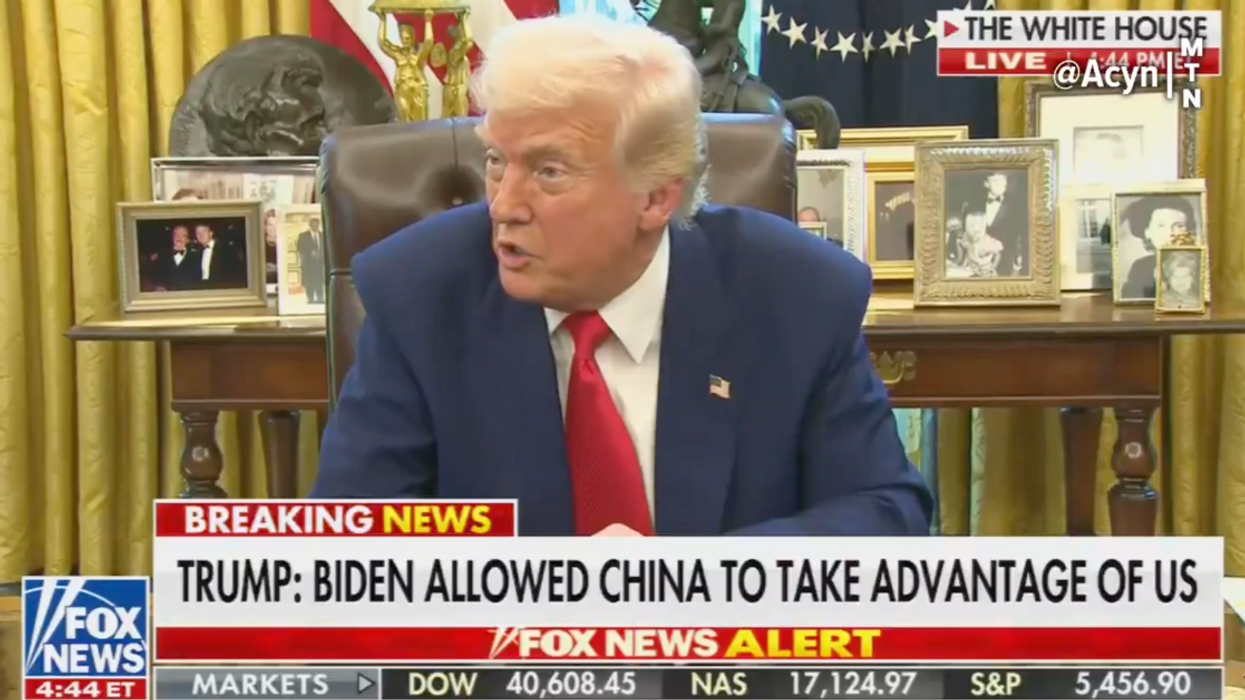Twitter attempted to highlight the first day of Kwanzaa on December 26 with a Kinara emoji—but things didn't go quite as planned.
The Kinara is a candleholder with seven candles to represent seven principles: unity (umoja), self-determination (kujichagulia), collective work and responsibility (ujima), cooperative economics (ujamaa), purpose (nia), creativity (kuumba), and faith (imani). Each candle is lit over the course of seven nights to correspond with the day's principle.
Twitter's emoji, however, was two candles short of a Kinara.
To make matters worse, the center candle was blue instead of the traditional black candle used to symbolized the African people and their descendants.

And people noticed.
Some questioned whether executives at Twitter had done any research.
Twitter addressed the mistake:
"This was an error. We have now corrected and uploaded a new emoji that is a more accurate rendering of the Kinara. Just a note that it may take a few hours for the change to appear live on all devices globally."
The candles were soon accurate.
As stated earlier, the black Kwanzaa candle in the center of the Kinara represents the African people and their descendants, while the red candles on the left represent the struggle imposed upon them. The green candles on the right symbolize hope for the future and the promise of the African people.
Several shared their own celebrations on Twitter.
Kwanzaa began in 1966 by Maulana Karenga, the African Studies chair at California State University.
The book Let's Celebrate Kwanzaa!: An Introduction To The Pan-Afrikan Holiday, Kwanzaa, For The Whole Family is available here.















 @veronicathesinger/Instagram
@veronicathesinger/Instagram @rubengarza68/TikTok
@rubengarza68/TikTok @katescozyhome/TikTok
@katescozyhome/TikTok @joydesi/TikTok
@joydesi/TikTok @madmarkrussell/TikTok
@madmarkrussell/TikTok
